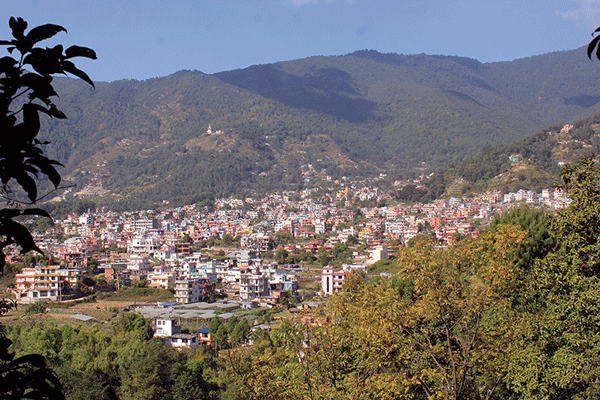
Take a taxi or bus to the Newar settlement of Gokarna (10 km from Kathmandu on the road to Sundarijal from Boudha) and check out the Gokarna Mahadev Temple, also known as Gokarneshwar, which has an abundance of idols dedicated to numerous gods and goddesses, some of which are rarely seen. This is one of the few temples in Kathmandu Valley that has an image of Brahma. Brahma is the creator, and since his task has already been completed, he is largely ignored by temple builders. This three-story pagoda was built in 1582 and is dedicated to Shiva. The Bagmati River flows beside it, and you will find an interesting pipal tree here, which has a shrine with a Shiva lingam enclosed in its tangled roots. The massive tree actually stands on top of the shrine. People who have lost their fathers recently come here during Gokarna Aunsi (Fathers’ Day) to pay homage.
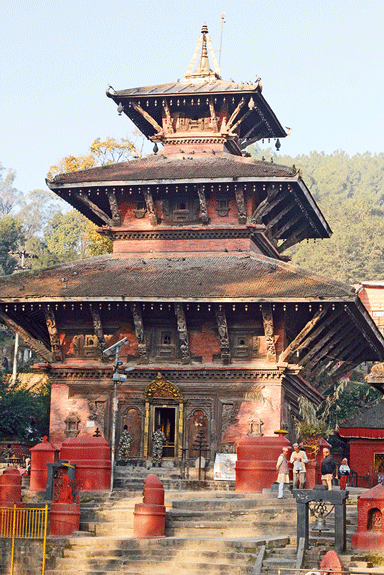
After the temple visit, walk down the road and take the dirt track that goes in a westerly direction (turn left from the main road). This motor road is quite broad and goes along a fence that is meant to protect the forest above. When you come across rice fields, walk right through, and it will lead to a small tomato farm that practices tunnel farming. Walk past the houses, either from the left or the right, and then climb up and head for the forest seen far above, walking through the rice fields. Avoid the houses you see ahead and cross the tiny brook (more like a drain) and head towards the pink house (hoping it will remain pink for years to come), a lone two- story concrete building that can be seen above. Walk past the house, and you can take a breather under the bamboo grove, which provides shade. After the bamboo grove, you come across the motor road that is always in a terrible condition after the monsoon. This is the only serious climb on this hike. At the top, where it meets the other road, is a Krishna temple next to a large pipal tree.
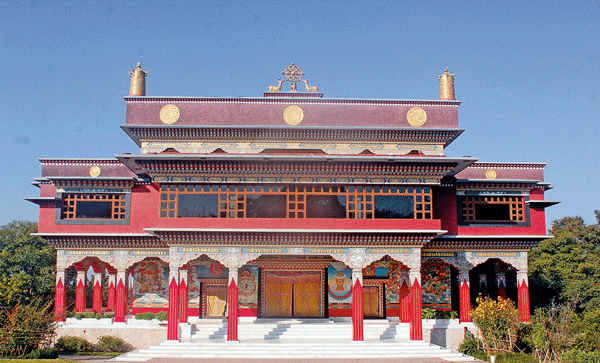
You can stop here for tea, or wait until you reach Phulhari Gumba (monastery). The concrete road going south, heads straight up to the monastery. The lovely vegetarian restaurant here would do any resort proud. Located just outside the monastery gates, delightful vegetarian food is available, and one can sit comfortably upstairs while the monks prepare your meal downstairs. Tea comes in a jumbo mug, and costs a lot, too, so be prepared; two people can easily share a cuppa. Samosas, shyaphalay, and chowmein are always available, but they are also well stocked up with packaged food and drinks, as there is no shortage of visitors.
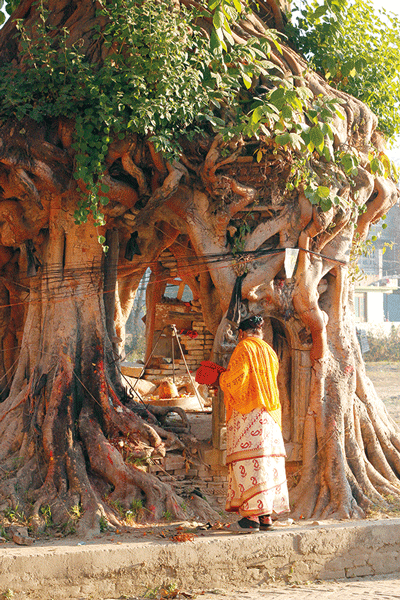
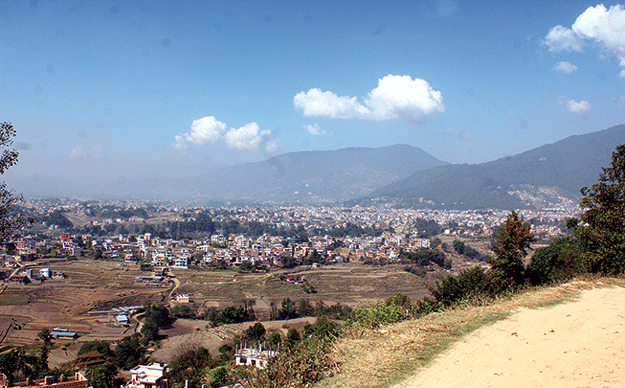
The monastery itself is a remarkable mix of Eastern and Western architecture, and is embellished with exquisite thangka paintings on the walls. The ceilings are covered with a variety of colorful mandalas. The structure was designed by a Buddhist American, who by profession is an architect, and the thangka painters were brought from distant Helambu. The painting work alone took two years to complete. You can enjoy a grand panoramic view of the valley below. At a reasonable pace you can reach Phulhari Gumba in an hour from Gokarna. The alternate route to Phulhari is via the motor road that goes up before you reach Gokarna. There are spectacular views of Kathmandu Valley from this road.
Walk back down to the Krishna temple, turn left, and follow the road below the pine trees that climbs up at a slight gradient. From here on, there are great views of the northern half of Kathmandu, and the hike is pleasant, with no hard climbs. The Kopan and Vajrayana monasteries are seen on the left. You will then come across Chunikhel View Garden Resort that overlooks the valley below, and you are assured that you are on the right track. After hiking for half-an-hour, the Forest View Khaja Ghar is reached, where one can stop for a beer and snacks. Most of the hike is along this road. A pleasant surprise on the way is a resting place by the roadside that provides a socket for charging your devices. A red light bulb near the roof assures you that there is electricity. As for birds, magpies are quite often seen along this route, displaying their majestic tails behind them as they disappear among the trees above; a very shy bird. There are dirt roads from here that go all the way up to Taaray Bhir, a Tamang village on the hilltop, which can make for another hike for another day.
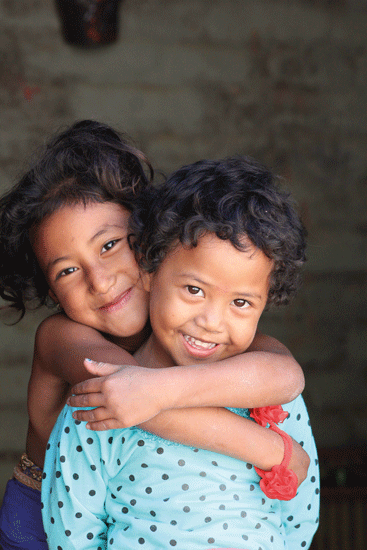
Once you reach the white cliffs, where the road starts going downhill, climb up the narrow path, and you’ll find a flat plain above where you can eat your packed lunch enjoying a bird’s eye view of Budanilkantha. But, beware of goats that come here to graze; they will head straight for your bag if they smell food, and they can be stubborn and hard to chase away. A black-topped road leads the way down from here, and as you descend, leave the motor road and take the dirt road past the houses near the sharp turn. However, if you don’t feel comfortable walking down narrow, steep shortcuts, take the motor road all the way down. There are great views of Budanilkantha from this shortcut. Once you’ve come down, there are many roads leading to the main road to Narayanthan, which is the alternative name for Budanilkantha. In fact, the former is the more commonly used name among Nepalis.
Walk up to the famous temple of Sleeping Vishnu, which gives this place its name. The spectacular statue of Vishnu attracts a large number of visitors and devotees. The massive stone image of the reclining god is surrounded by a pool of water and lies on a bed of snakes very skillfully carved out of one rock. Narayan is one of the many names of Vishnu. The hike can be done in three to four hours, depending on how much time you spend at the temple and monastery, and can be extended towards the Shivapuri National Park above.
If you have money to splurge, head for Park Village (along the main road to Kathmandu) apart from which there aren’t many good eateries here, except for a café or two and a restaurant with superb views just a short distance further up from Sleeping Vishnu. You can catch any number of transport vehicles: taxis, buses, or micros, all heading back to town. Budanilkantha is the last stop for all these vehicles.









